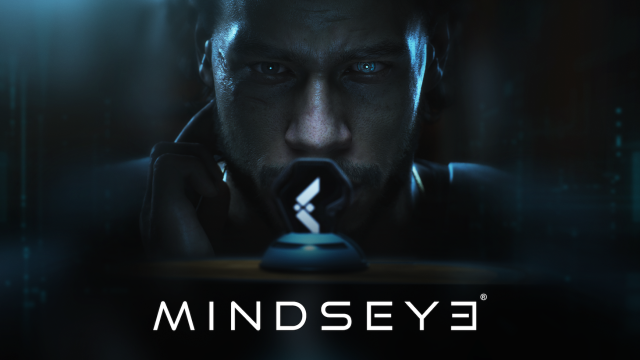How Will We Distinguish AI From Reality In The Next 10 Years?

In a universe where AI can turn static images into lifelike videos, the line between reality and artificial creation is vanishing. As AI technology advances, it becomes increasingly difficult to tell what’s real and what’s generated by machines.
Can you picture a scenario in which all images and videos you view could be the result of advanced artificial intelligence? This isn’t science fiction—it’s a looming reality.
Understanding the current state of AI and anticipating its future developments is crucial. By exploring forensic tools, regulatory measures, and ethical considerations, we can prepare ourselves to navigate and manage this complex landscape effectively.
The Current State of AI: Turning Images into Live Videos
AI now transforms static images into realistic videos, blurring reality and fiction. This progress raises significant challenges and opportunities for the future.
Technological Advancements Today
AI technology has made significant strides, allowing static images to be transformed into live videos. Today, tools from companies like OpenAI and Midjourney can create content that looks incredibly realistic.
This progress makes it harder to distinguish between real and fake content produced by machines. Experts believe that within ten years, distinguishing AI-generated content from reality will be nearly impossible.
The Implications of Today’s AI on Reality Perception
This has both exciting and concerning implications. On one hand, AI can improve areas like personalized medicine and education. On the other, it might create fake videos and audio that mislead people. To prevent misuse, AI systems need safeguards and transparency.
As AI continues to evolve, balancing its benefits with ethical considerations is essential. The next decade will test our ability to manage these advancements responsibly, ensuring AI enhances our lives without causing harm.
The Future of AI: Predictions for the Next Decade
The next decade promises groundbreaking advancements in AI, transforming various aspects of our lives. These developments will bring both exciting opportunities and significant challenges, especially in media and communication.
Anticipated Technological Developments
AI is expected to advance significantly over the next ten years. Experts predict major improvements in AI’s ability to create lifelike videos, audio, and text. Future AI systems could generate content so realistic that it becomes nearly impossible to tell apart from real life.
These advancements will enhance areas like personalized healthcare and education. However, this also raises the potential for misuse, such as creating fake videos that deceive people. Developing safeguards and transparent AI systems will be essential to prevent such issues.
Impact on Media and Communication
The future of AI will profoundly impact media and communication. AI-generated content could revolutionize how we consume news, entertainment, and information. However, the risk of misinformation will increase as fake videos and audio become more convincing.
Ensuring the authenticity of digital content will become crucial. Ethical considerations and global cooperation will be necessary to manage these advancements responsibly. Managing AI’s benefits and its potential to disrupt reality will be challenging in the next decade.
Strategies to Identify AI-Generated Content
As AI becomes more sophisticated, effective strategies are needed to distinguish AI-generated content from human-made creations.
Forensic Tools and Techniques
As AI-generated content becomes more common, distinguishing it from human-made content is crucial. Various forensic tools can help:
- Reverse Image Search: Tools like Google Images and TinEye can reveal if an image has been altered or created by AI.
- Duplicity Detection: Detecting duplicates or near-duplicates online can indicate AI-generated content.
- Writing Style Analysis: Analyzing sentence structure and vocabulary can spot patterns typical of AI-generated text.
- AI Detection Tools: Specialized tools like GPT-2 Output Detector and Grover can analyze text to determine the likelihood of AI involvement.
Regulations and Ethical Considerations
With AI evolving rapidly, regulations are crucial to manage its impact. Governments and organizations are developing guidelines to ensure responsible AI use. Ethical considerations are essential, requiring developers to design transparent systems with safeguards.
Users must exercise caution to avoid spreading misinformation. Balancing technology with ethical practices ensures AI benefits society without causing harm. Collaboration and adherence to standards will help navigate the challenges of AI-generated content.





